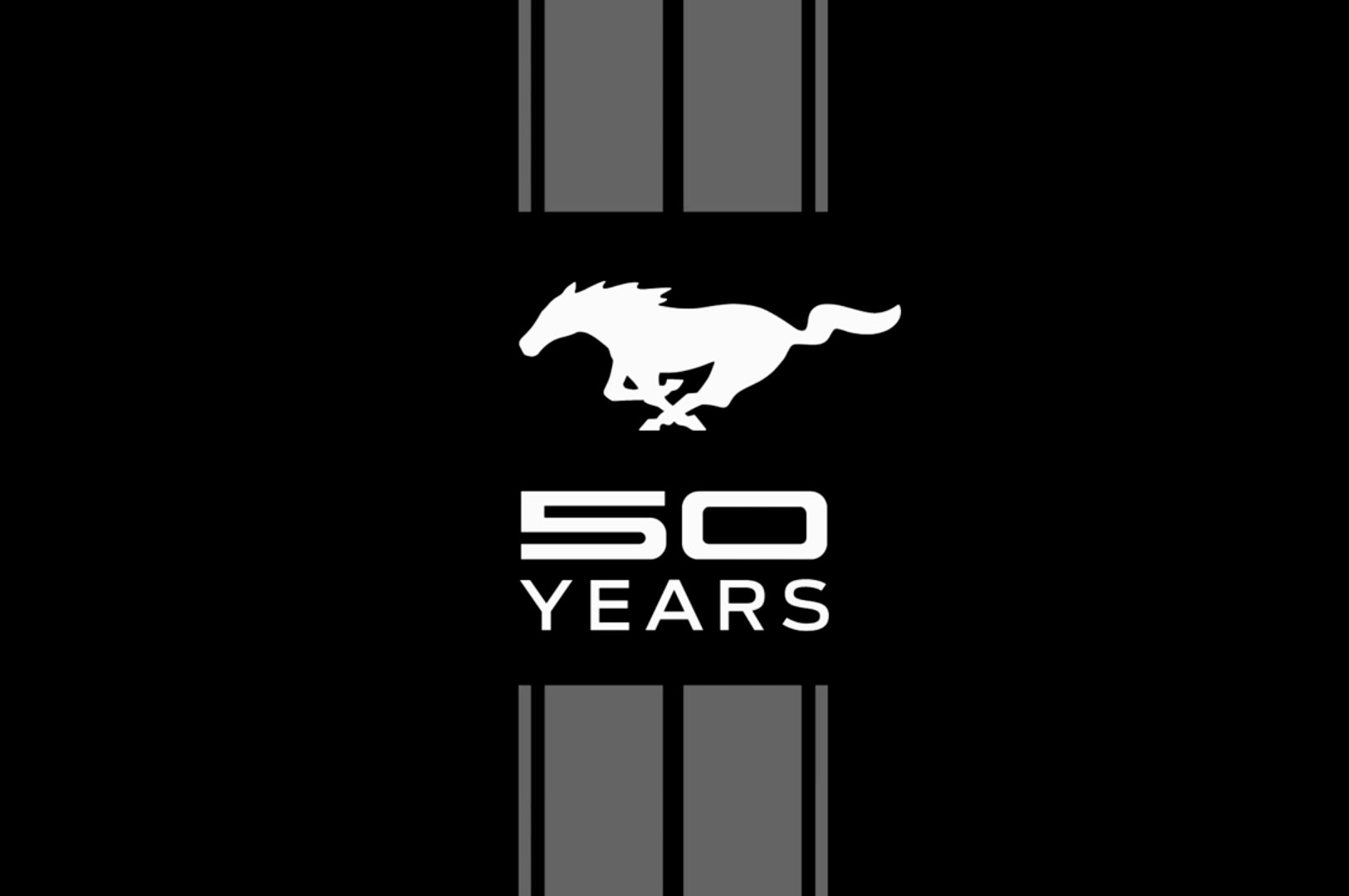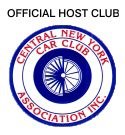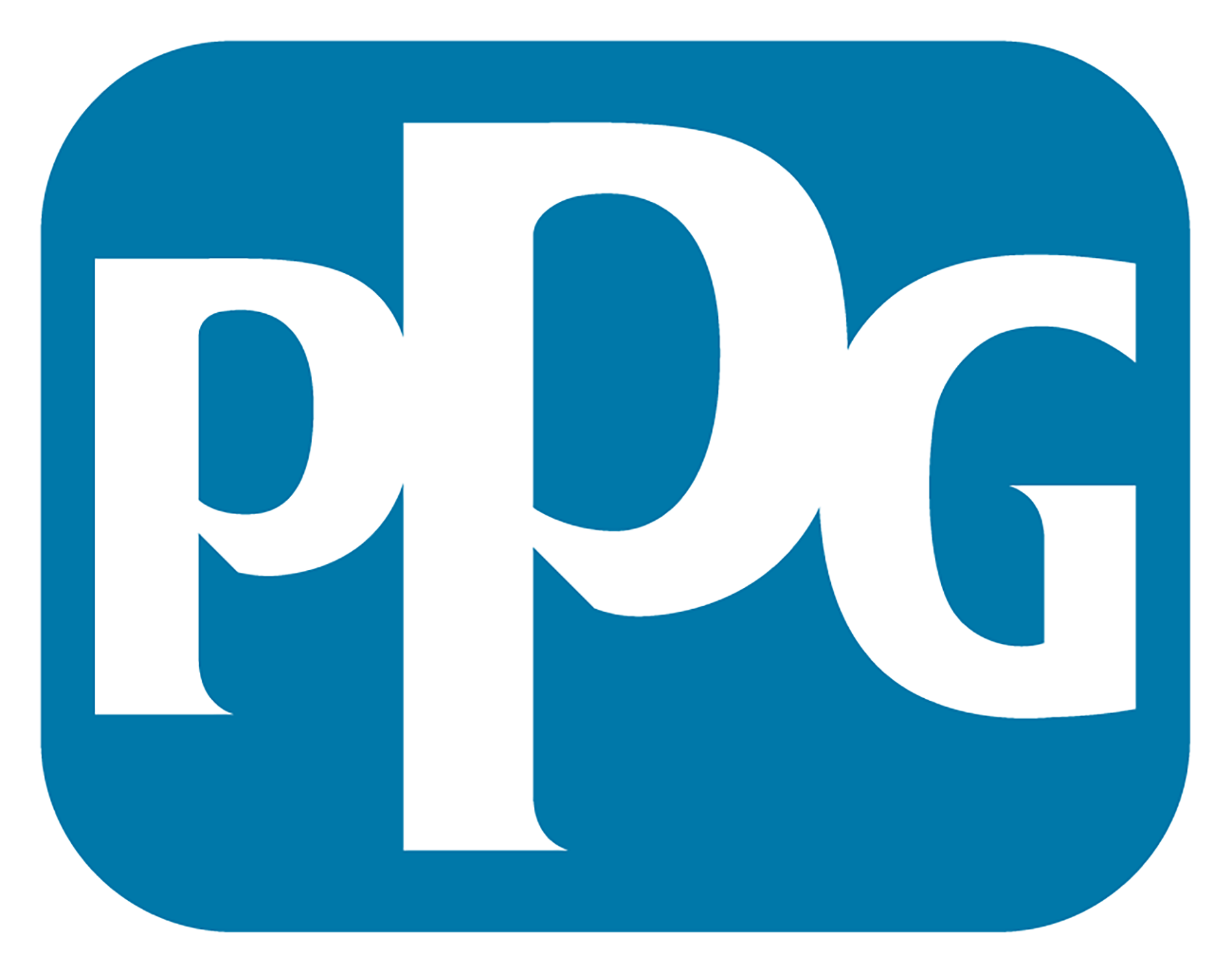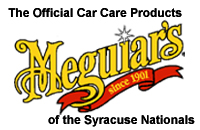Ford Mustang

Ford Mustang
By Kenn Peters
Right Coast Association
When the first Mustang, a Wimbledon White convertible with a black interior rolled off the assembly line at Ford’s Dearborn, Mich., plant on March 9, 1964, it represented a huge gamble for the country’s second largest automobile manufacturer.
Still stinging from the failure of Edsel, which ended production in 1960 after only three years, Henry Ford II warned Ford boss Lee Iacocca that the car had better not be a flop. Iacocca pushed hard for the Mustang and was betting that the country was ready for something completely different, an inexpensive sporty car that Ford dubbed a ‘pony car.’
Thunderbirds at the time were selling for over $5,000, a handsome sum in those days but the Thunderbird left its sporty nature behind years earlier with the final 1957 two-seat ‘Bird. Ford’s main rival, Chevrolet was feasting on a crop of buyers hungry for a sporty car with its Corvette, a car that filled the bill nicely.
Iacocca’s hunch paid off immediately. Ford had forecast Mustang sales for the first 12 months at 417,000, enough to beat the sales record set by the inexpensive Ford Falcon. In fact, Ford hyped the Mustang all year long with “416 by 4/16,” a mantra that turned gold at the end of 12 months when 418,812 Mustangs were delivered by Ford dealerships. The mantra turned platinum at the end of 22 months when over 1 million Mustangs were sold and delivered.
At $2,368 the Mustang was a good bargain. That got a buyer a six-cylinder engine, a three-speed floor shifter, padded dash, carpeting, bucket seats and something you couldn’t put a price on – a sleek appearance.
The essence of the Mustang business model was two elements, a relatively low initial price for a car that was good looking but was a stripper, and a ton of options. In fact, in the first two years consumers spent an average of $1,000 on Mustang add-ons, unheard of then but a flimsy amount today. Putting it into perspective, a 1965 Falcon Futura convertible was still selling for $2,428.
The irony of the situation is that the Mustang was built on the Falcon platform and the first Mustangs used many Falcon and Fairlane parts. The Mustang was manufactured on the Fairlane assembly line so it wasn’t unusual for a Mustang to come off the line with many of the identical parts found on the Fairlane, such as window cranks, instrument panel controls, seat adjustments, radios, etc. Iacocca said the process was to use whatever was available at the time.
Since those early days the Mustang has established itself as an American icon, a car that many aspire to and many obtain. Today over nine million Mustangs have been sold throughout the world and along the way the Mustang has been presented in many iterations, some popular, some good, some not good, but all remained true to its basic premise, a sporty car for two people. Of course Mustangs have a rear seat but the rear space was never intended for human habitation.
Mustangs of all years, perhaps one representing each year since 1965, will be on hand at the 2014 PPG Syracuse Nationals, July 18, 19, 20, at the New York State Fairgrounds.
Bob O’Connor, director of the Right Coast Association, of Brewerton, N.Y., the company that stages the annual show, said Mustangs have always been an integral part of the collector car hobby, and they represent a class of cars that shows no signs of weakening.
“We’ve always enjoyed the Mustangs at the show and this year will be no exception,” O’Connor said. “We anticipate dozens of Mustangs will be proudly displayed at the show.”
A local Ford enthusiast, Dennis Connor, president of the Central New York Car Club Association, and the Syracuse Shelby Mustang Club, said the role of Mustang on American roads has changed dramatically over time.
“When the Mustang was introduced it was a time when many people could only afford one car. You drove it to get groceries, took it to a drive-in, or to go on a cruise on a Sunday afternoon. That was the brilliance of the car, it could be all things to each owner.”
Connor said he believes Lee Iacocca knew exactly what he was doing with the car. “I think he saw the potential and knew there was a market waiting to be exploited.”
That market exploded soon after the Mustang arrived. Chevrolet quickly followed with the Camaro and then Pontiac joined with the Firebird and Plymouth with the Barracuda. The ‘pony cars’ captured the imagination of thousands of motorists each year with models that were comfortable, relatively cheap to operate and sporty by nature. Today these cars are technologically advanced and are light years away from their forebears.
All of the ‘pony cars’ have been produced with memorable performance and trim lines, but certainly many of the best are Mustangs such as the 1967-1968 Shelby GT 500, the 1969-1970 Boss 302, the 1971-1973 Mach I, the 1996-2004 Saleen Mustang, right up to the present day 5.0-liter Mustangs, most of which can easily out perform any of the Mustangs from yesteryear.
To stay up to date with the Syracuse Nationals, visit www.facebook.com/SyracuseNationals




















